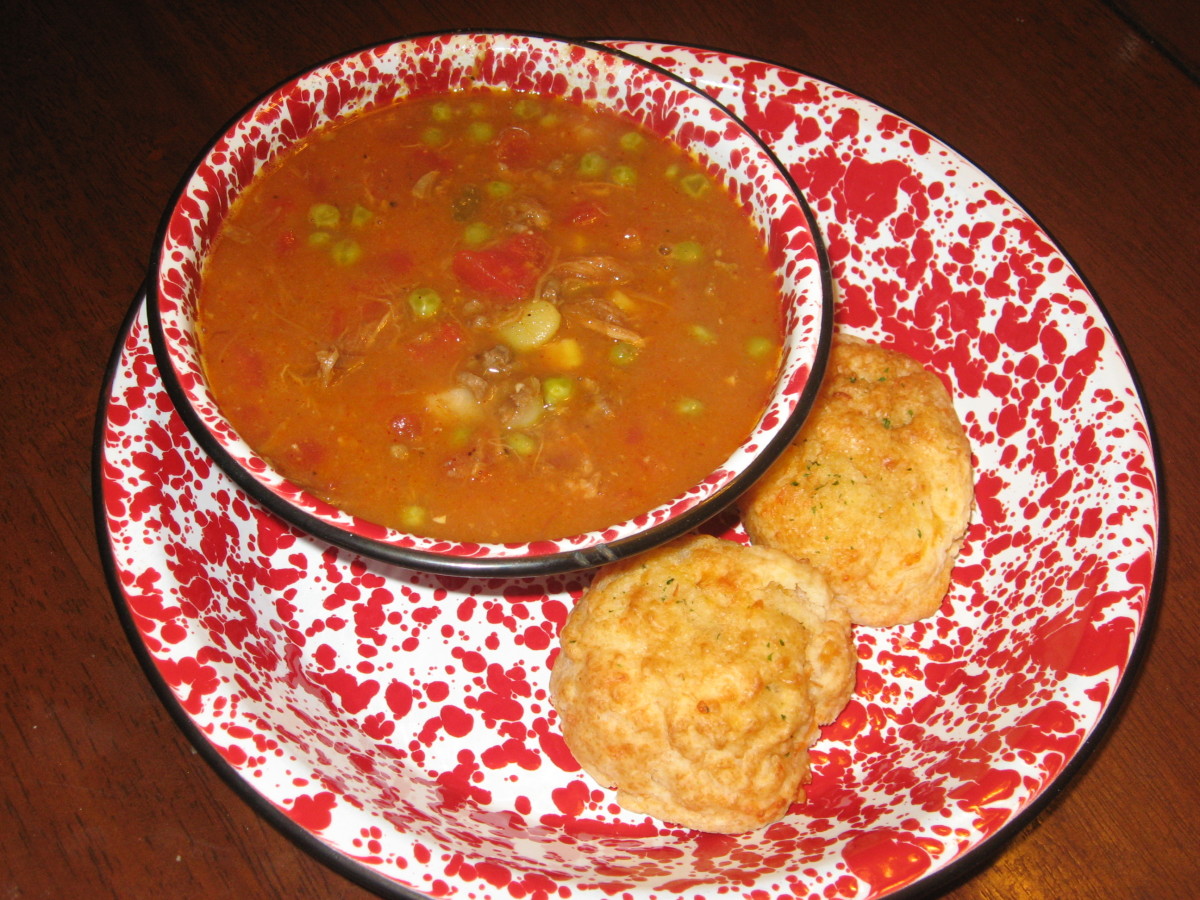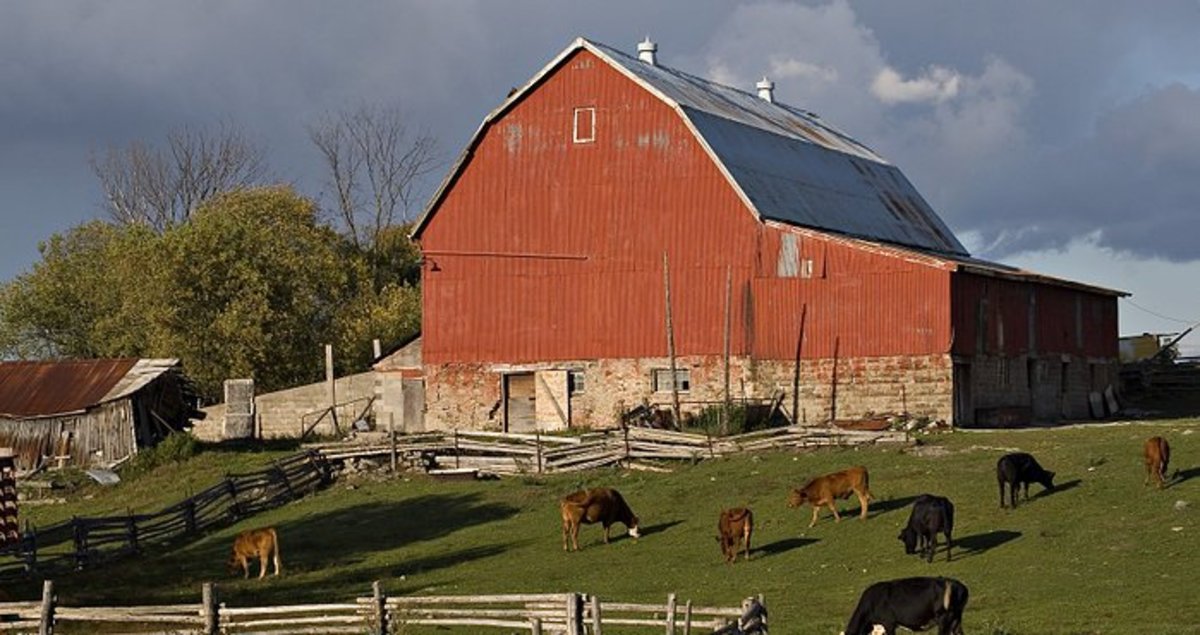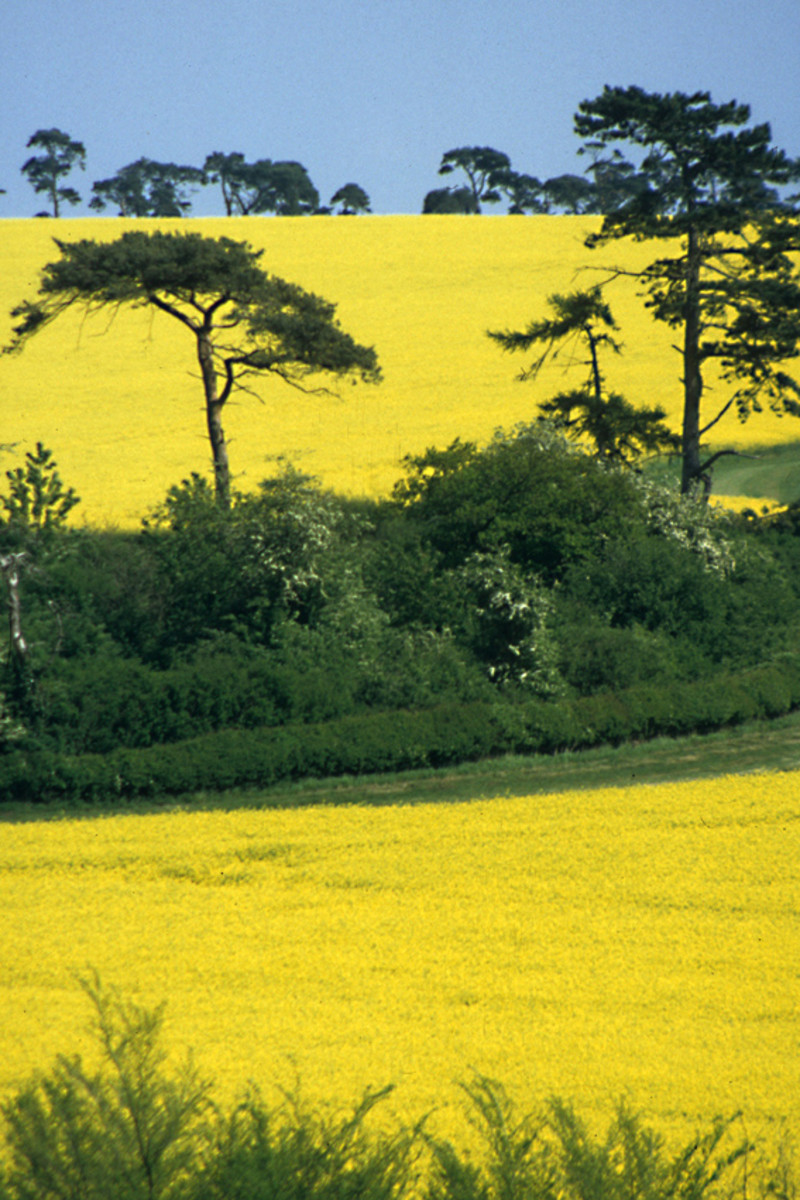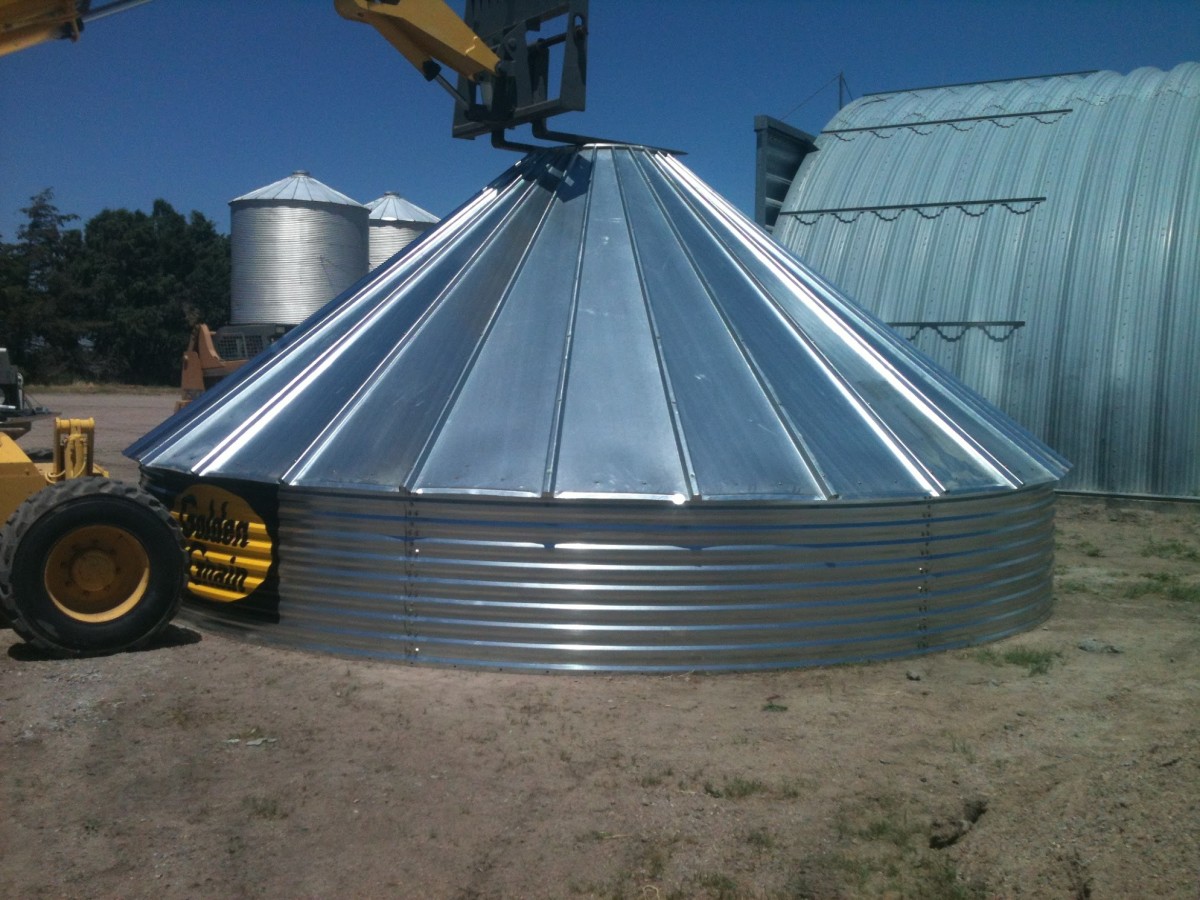Life On A Maine Farm In The Good Old Days
Grandson's True Story....

Working their way up in the 1930's.
As a young grandson in the mid and latter 1930's I'd like to share some memories from my grandparents' Maine farm.
By the standards of those days it was a middle class farm. Land had been cleared and worked. Apple trees had been planted and had become a mature orchard, as well as an area regularly plowed for a garden. There was no tractor then, and big Canadian work horses were used for the heaviest work, be it plowing and harrowing, hauling ice in the winter, cutting hay in the summer, and dragging logs for cutting and splitting into firewood.
The farm also had cows for milk, butter, and buttermilk, chickens for eggs and meat, regular batches of kittens to hold down the mice, and pigs whose meat supplemented the venison and partridge that came from my grandfather's, Dad's, and two uncles' hunting abilities.
It was a quieter time when much of life was work, meals, and storytelling.
Work meant being in the barn, in the orchard, in the fields, or in the woods most of the day, along with three big meals each day to provide the calories that sustained the men's hard work, and the hard physical work my grandmother, mother, and aunts did in the home.
The cooking was done on a large wood stove, and the laundry was done at first with a big tub and a scrub board which had a rippled metal surface set in a wood frame. Firewood for the stove was sawn with a bucksaw and a two-man saw, and split with an axe, wedges and a sledge hammer, then stacked. The cooking stove warmed the main family room and front area of the farmhouse, but bedrooms could be quite cold in the winter and hot in the middle of summer.
The beds had feather mattresses, and in the winter there was an area on the bottom of the beds where heated soapstones could be placed to warm the cold beds before bedtime. Hand-sewn quilts were standard, and prized. Somewhat coarse muslin American sheets were standard, and the pillows were either feather or down pillows. Kerosene lanterns were used along with candles for lighting after dark, until undependable electricity had reached out to the farming outskirts of the towns and twin cities of Auburn and Lewiston.
By the 1930's roads were improving and a few families had motor cars which had to be cranked by hand to start. Our family was among the first in the area to have them.
Soap for washing and bathing was available, and soap was still made at home, also. Milk from the cows was raw milk, and the Guernsey cows tended to give the creamiest milk best suited to making butter which was either churned, or simply added to a large jar that was sealed with a lid so the cream could be shaken until we had butter as the solid and buttermilk as the liquid. The two combined again when Grammy made her almost daily batches of buttermilk biscuits and the hot biscuits were slathered with the butter.
Cream was also used on the occasions when a birthday called for some ice cream which was also made by turning the handle of an ice cream machine which relied on ice and rocksalt to lower the temperature enough to freeze the ice cream.
Meals could include boiled potatoes, vegetables (in season or home canned), meat, and pie or canned fruit for breakfast, lunch, and supper, though today's more typical eggs, bacon, and pancakes with our own maple syrup were occasional additions. Toast, if made at all, was sliced bread placed between two heavy screen meshes with wire handles that held the slices just off the surface of the stove and were turned once or twice until the slices were toasted. Home canned jellies and jams were usually available, as well as home made pickles of various varieties.
The farmhouse had been built over a spring and the spring water was usually cool enough that a few things could be set in the bubbling spring water to be kept cool. For ice, the men and horses went to Taylor Pond in the dead of winter and cut blocks of ice which they hauled back to the barn, stacked, and covered with sawdust, so that even in the summer we still had ice.
The cash crop of the farm came from the apple orchard, and our family had been the first apple farmers to ship apples to Scotland. One of my uncles, Uncle Charles ultimately went to Lewiston and worked in a factory, and had a stint at working at Poland Springs (which still bottles their famous spring water) but was fired for one day bringing a bullfrog which he put in one of the large, multi-gallon bottles!
My Uncle Walter, the oldest of the three sons, stayed on the farm and continued peddling apples and enjoying the farm with my grandmother. After my grandfather died, and my father graduated from Hebron Academy, Dad went off to the University of Maine in Orono, graduated, and sold telephones for New England Telephone & Telegraph before going back for his masters degree during the Depression. Dad became Maine's first Highway Safety Engineer, went on to work for the National Safety Council in Chicago, the Navy Department in Washington, DC, and retired eventually as the Safety Superintendent of the Portsmouth Naval Shipyard in Kittery, Maine.
By the time I was going to college a wood-burning furnace had been installed in the basement of the newest portions of the home, only to eventually, after my grandmother was in a nursing home, overheat, and start the fire which burned down the home. The apple orchard and land were then sold to a neighboring apple farmer whose orchards were just beyond our nearest neighbor, one time Maine's U. S. Senator White.
Fishing and hunting were popular pastimes. Schooling was in a one-room schoolhouse just down the road and I actually attended some classes there just as the first ballpoint pens became available in Maine. Church services were held in a private home, and those Sunday services were the few times I remember my grandmother finely dressed, wearing a hat, and not wearing an apron.
Times have surely changed, and so has the price of ballpoint pens!
(c) 2012-2020 Demas W. Jasper All rights reserved.
Maine Farms in the 1930's....
What replaced the old kitchen gear?
- Being A Schoolboy In World War II - A Reminiscence
Had you been in grade school in America during World War II and living in a civilian family, what might your life have been like? Here is the tale of one such schoolboy.
Bread Applicances....
- Just A Boy Of 10 Then
A 10 year old boy's memory of a summer day in Maine in 1945 and how it affected his life.












